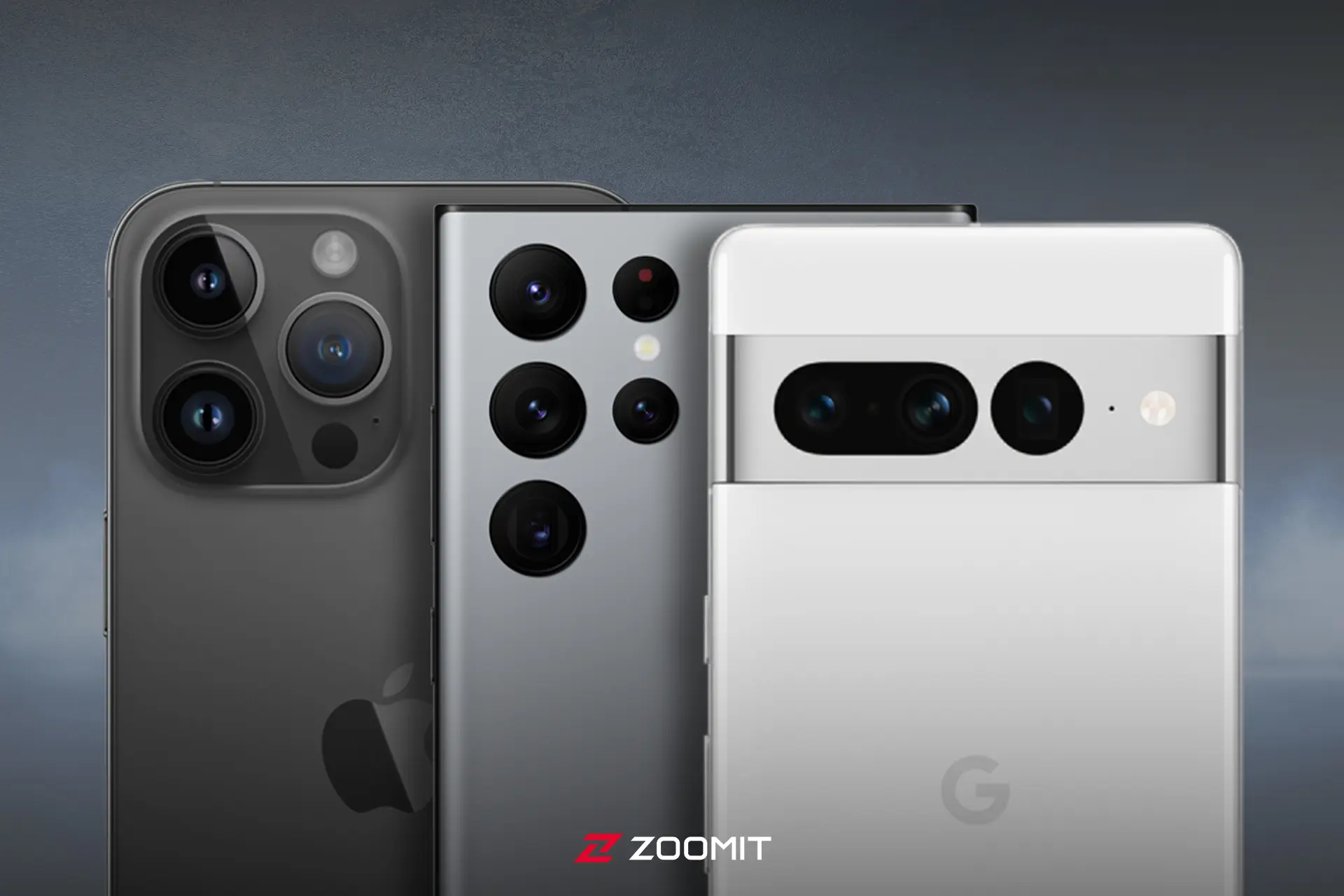Camera Comparison Of The Best Flagships In The Market
Pixel 7 Pro, iPhone 14 Pro Max, Or Galaxy S22 Ultra; Which Of The Full-Fledged Flagships Of The Market Has A Better Performance In The Field Of Photography?
One day before the unveiling of Galaxy S23 Ultra, Samsung’s flagship for 2023, we decided to compare the cameras of the best phones in the Iranian market in many different scenarios, from outdoor photography, face photography, and zoom to indoor photography. And compare macro photography.
In the upcoming article, we will review the Galaxy S22 Ultra camera, iPhone 14 Pro Max, and Pixel 7 Pro; But before we get to the results, let’s talk briefly about the camera hardware of each phone.
Table of Contents
- Camera comparison video of the best flagships in the market
- Camera specifications
- Ideal outdoor lighting
- Dynamic Range (HDR)
- Face detail and focus range
- Ideal indoor lighting
- Low light in the interior
- zoom in
- Portrait in ideal light
- Portrait in low light
- Selfie in ideal light
- Selfie in low light
- macro
Camera specifications
The Galaxy S22 Ultra‘s primary camera uses Samsung’s 1.33-inch HM3 sensor with 0.8-micrometer pixels. This sensor is located behind the wider lens (23 x 24 mm) with f/1.8 aperture and optical image stabilization and uses a combination of laser focus (near distances) and phase detection (far distances). On the sensor, there is a Nonacell filter; Therefore, due to the combination of all nine adjacent pixels, 12-megapixel photos are recorded by default.
The primary camera of the iPhone 14 Pro Max uses a 48-megapixel sensor with 1.28-inch dimensions and 1.22-micrometer pixels; On the sensor surface of the primary camera is the Quad-Bayer filter; In the sense that four neighboring pixels see the same color, and a result, the final photo is recorded with a resolution of 12 megapixels. The iPhone 14 Pro’s primary camera uses the second-generation Sensor-shift stabilization system, uses a lens with a narrower aperture of f/1.8 instead of f/1.5, and relies on Dual-Pixel phase detection technology for autofocus.
The primary camera of the Pixel 7 Pro uses a 50-megapixel and 1.31-inch sensor. This sensor is located behind a lens with a focal length equivalent to 25 mm, an open aperture of f/1.9, and optical image stabilization. The primary camera uses a Quad-Bayer color filter. All four adjacent 1.2-micrometer pixels see the same color in front of them, and by forming a larger 2.4-micrometer pixel, they absorb more light and improve photography in the dark.
The 3x and 10x telephoto cameras of the Galaxy S22 Ultra use a 10-megapixel Sony IMX754 sensor. This sensor has smaller dimensions (1/3.52 x 1/3.24 inches) than the previous generation and uses 1.12-micrometer pixels. In front of the 3x and 10x telephoto cameras of the S22 Ultra, there are 70 and 230 mm lenses with f/2.4 and f/4.9 apertures, respectively. Both cameras use optical stabilization and Dual Pixel phase detection focus.
The iPhone 14 Pro Max telephoto camera uses a 12-megapixel sensor with 1/3.5-inch dimensions and 1.0-micrometer pixels, along with an f/2.8 aperture lens, 3x optical zoom compared to the main camera image, OIS optical stabilization, and phase detection autofocus.
The Pixel 7 Pro telephoto camera is 48 megapixels, But its sensor has changed from the 1/2.0-inch model of the last generation to a smaller 1/2.55-inch sample with 0.7-micrometer pixels. On the other hand, the camera’s 120 mm and f/3.5 lens now has a 5x optical zoom instead of 4x. It offers the ratio of the primary camera. Pixel telephoto photos are saved at 12.5 megapixels.
The Galaxy S22 Ultra ultrawide camera uses the 12-megapixel Sony IMX563 sensor used in the previous generation. This sensor has a dimension of 1/2.55 inches and is placed behind a 13 mm lens with an aperture of f/2.2 and a field of view of 120 degrees. As expected, the Galaxy S22 Ultra also uses Dual Pixel phase detection autofocus on its ultra-wide camera and can take macro photos from close distances.
The iPhone 14 Pro Max ultrawide camera is 12 megapixels and uses a 1.255-inch sensor with 1.4-micrometer pixels. This sensor is in front of a lens with an aperture of f/2.2. By using Dual-Pixel autofocus, it also provides macro photography from very close distances.
Pixel 7 Pro‘s ultrawide camera uses a 12-megapixel, 1/2.9-inch sensor with 1.25-micrometer pixels; The Pixel 7 Pro’s lens is more comprehensive than before (126 degrees vs. 114 degrees), and the camera assembly uses autofocus, which is used for capturing macro shots. Google’s flagship also stores ultrawide photos with dimensions of 12.5 megapixels.
Ideal outdoor lighting
As the first camera comparison scenario, we went for an outdoor subject that has a variety of colors in it.
Wide camera (primary)
All three phones show excellent performance in recording colors; The iPhone tends to be a little warm, the Galaxy captures colors a little brighter than they are, and the Pixel’s photo shows high contrast. In general, iPhone colors are slightly closer to reality than competitors.



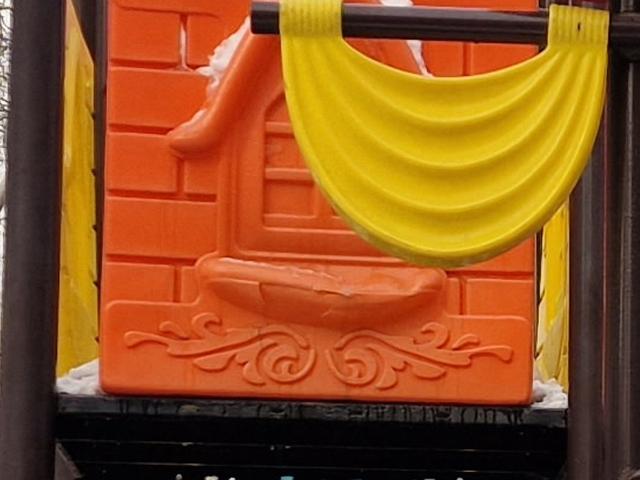
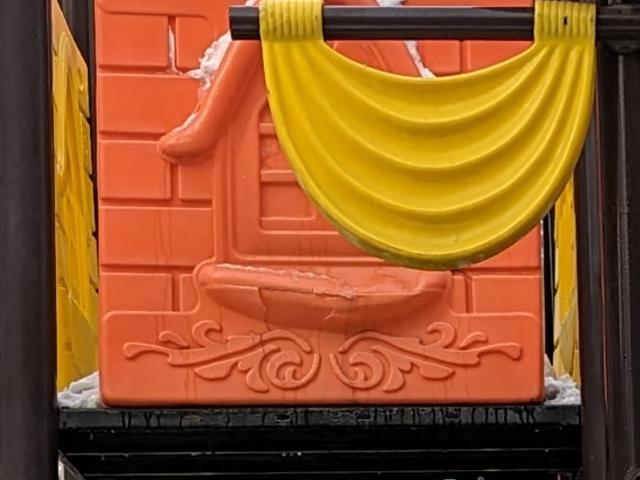
Apart from the discussion of color, all three phones have also recorded great details. Still, if we benchmark, we’ll notice that the Pixel has better control over the noise level and pulls out more pieces from the shadows [note the bottom edge of the image].
Ultrawide camera
The ultrawide picture of all three phones generally looks beautiful and eye-catching. Still, if you zoom in on the foliage of the trees, you will notice the more comprehensive dynamic range and more mature processing of the Pixel 7 Pro in capturing details.



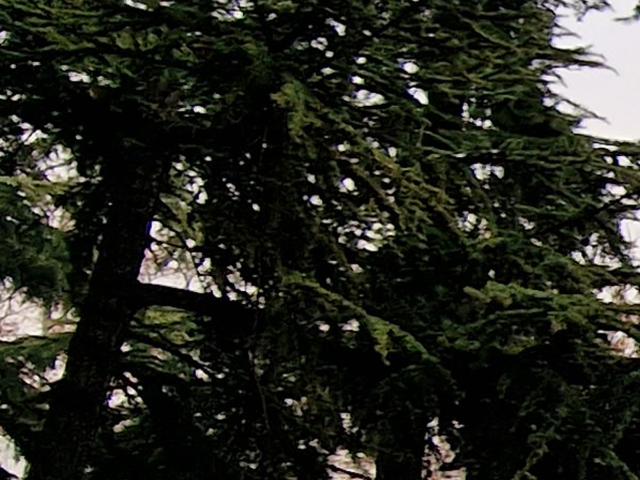
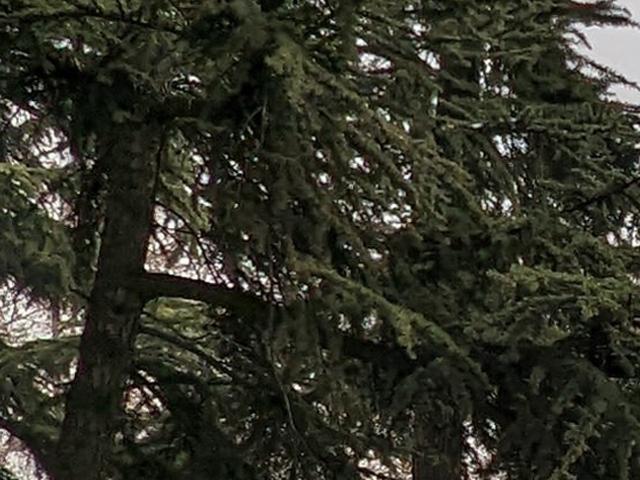
Dynamic Range (HDR)
The following subject is very challenging for phones; Against direct sunlight, the phone’s camera has difficulty retrieving details from the shadows.

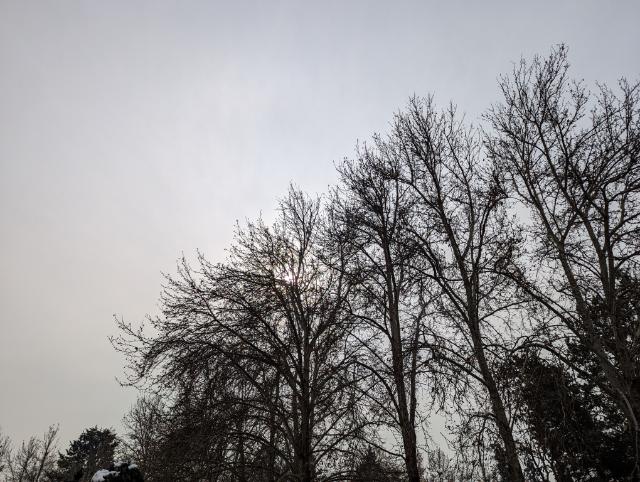
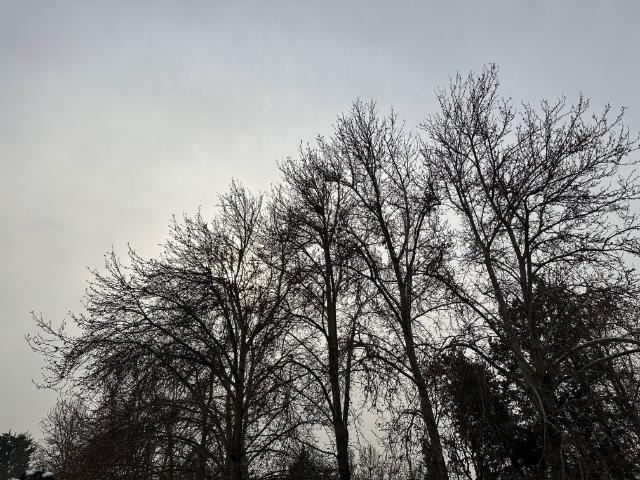
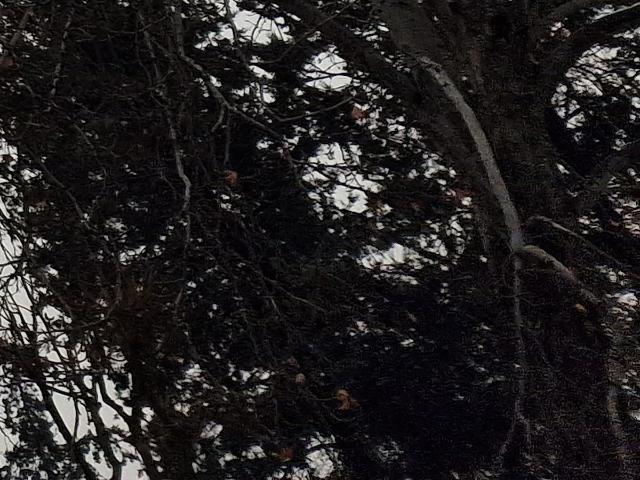

In the first view, we do not see much difference in the pictures; But if you zoom in on the shadows, you’ll notice that the Pixel 7 Pro pulled out more details from the shadows and showed better processing on the fine details of the tree branches; In second place is the iPhone.
Face detail and focus range
In the following scenario, we pursue two goals; First, which phone has better skin color processing, and second, which phone keeps a broader range in focus.
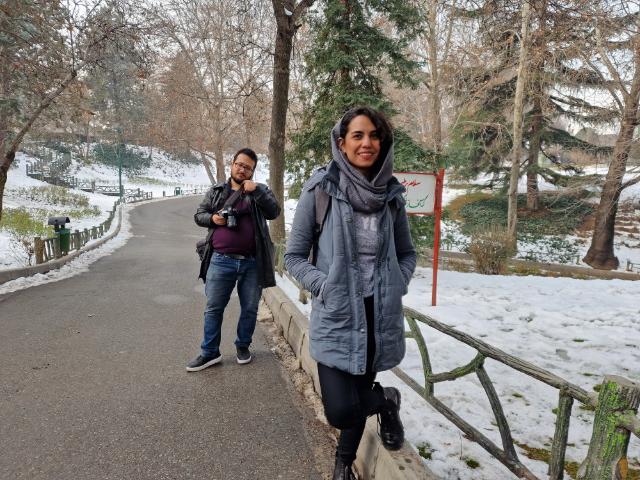
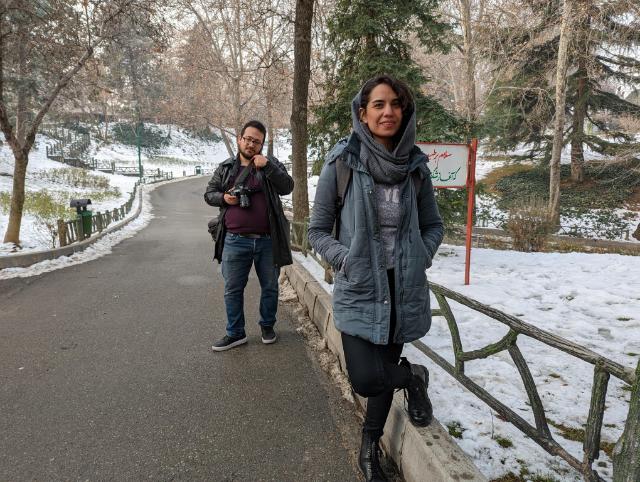



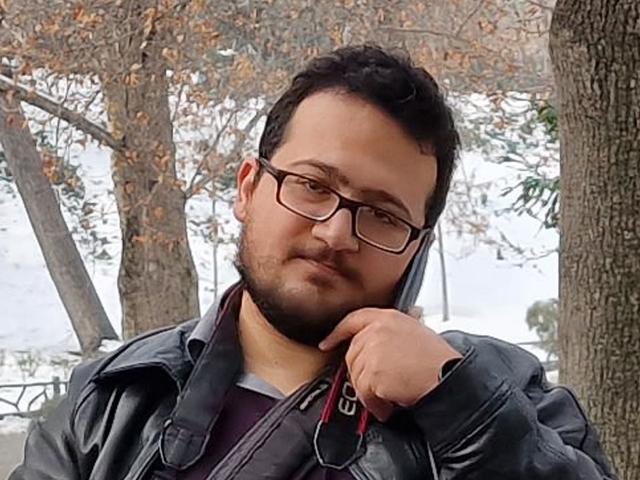

In reality, the skin color of Mrs. Tawai is none of the things depicted; But we can say that it is between the iPhone and the Pixel and is closer to the picture taken with the Pixel.
If we zoom in on Mohammad Mandane’s face, we will notice that the Galaxy S22 Ultra photo has the most details, with a slight difference compared to the Pixel, and the iPhone 14 Pro Max photo has minor points.
Ideal indoor lighting
In the upcoming scenario, we are trying to evaluate the camera performance of three phones in indoor environments.
Wide camera (primary)
In the photos below, the primary camera of the iPhone 14 Pro Max captures the most realistic colors, and with a slight difference, the Pixel 7 Pro is in the following position.


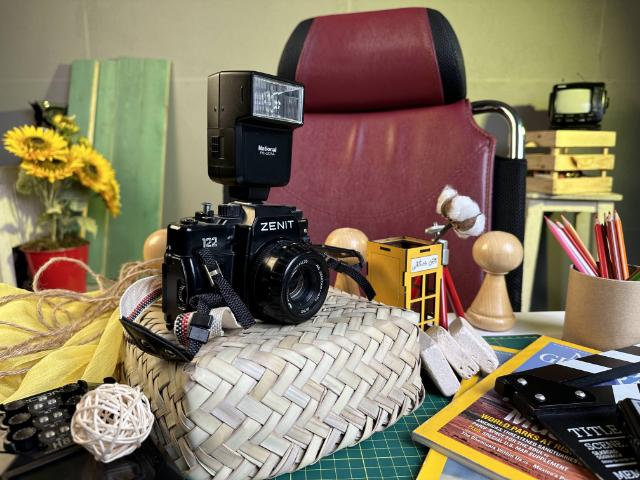
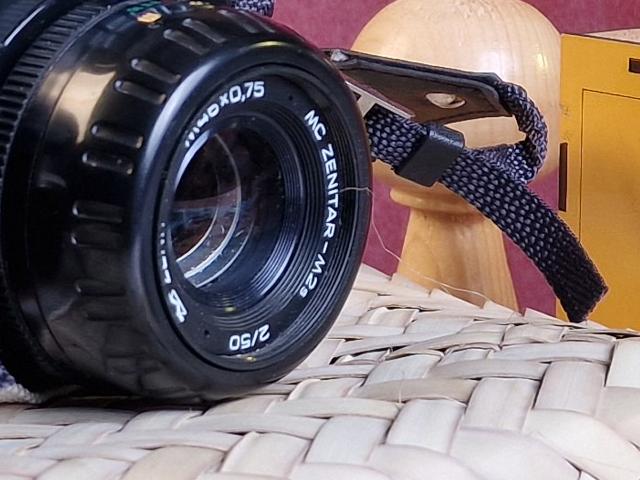

By zooming in on the photo, we notice that the Galaxy S22 Ultra photo is softer than the others, and the Pixel 7 Pro photo has the most details, slightly different from the iPhone 14 Pro Max.
Ultrawide camera
In the photos below, if you pay attention to the shape of the marbles, you will notice that the Ultrawide Pixel 7 Pro photo has minor distortion at the edges of the image compared to the other two phones.

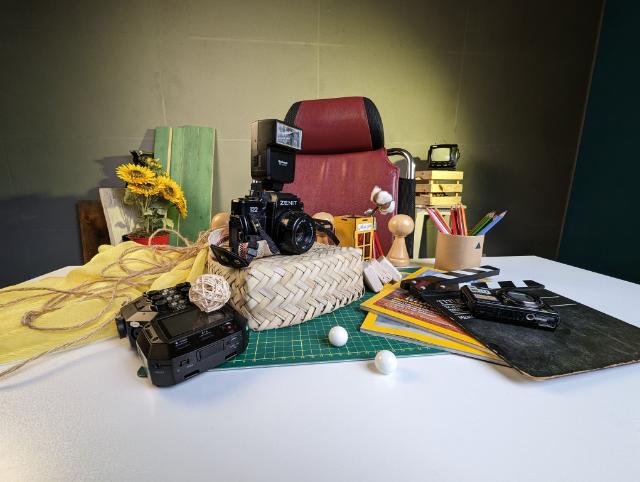
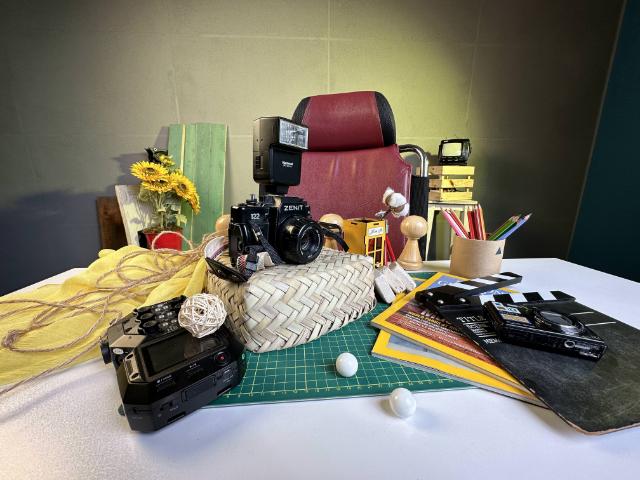

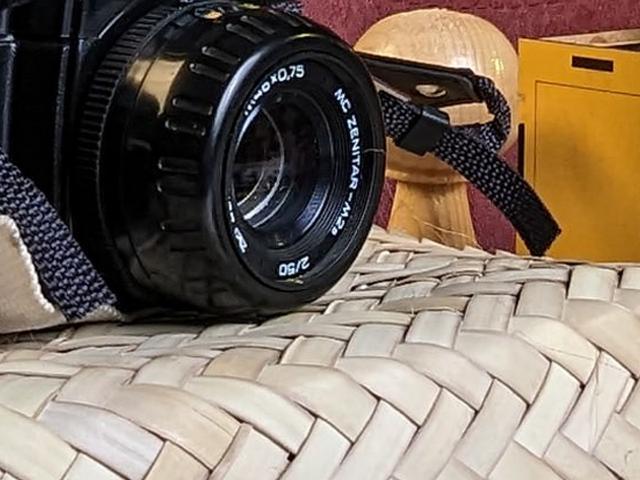
The ultrawide camera on the iPhone 14 Pro Max also captures more detail than the cameras on the other two phones [note the point of the wicker basket texture].
Low light in the interior
To find out the phones’ performance in low light, we took pictures of the same interior as before, this time in the dark.
Wide camera (primary)
When the ambient light is less than a certain level, the Pixel camera sometimes has trouble focusing on the subject; For example, in the photos below, although the colors of the Pixel 7 Pro are more realistic than the other two phones; the poor performance of the phone in focus has led to a blurring of the photo.


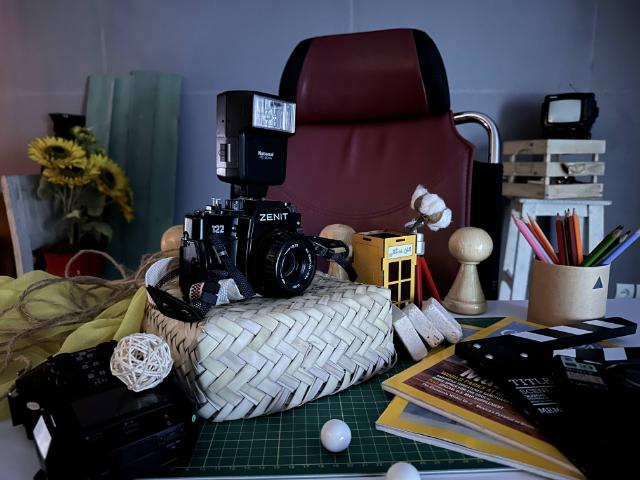
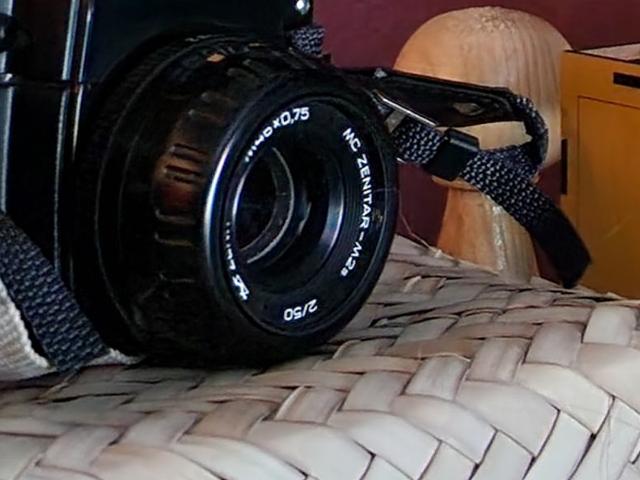
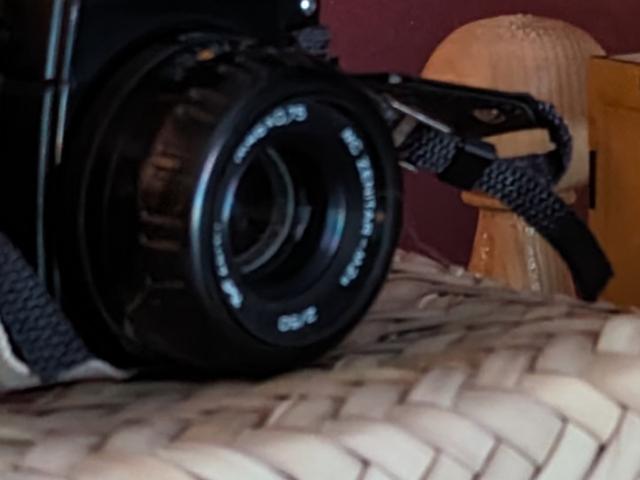
By zooming in on the photo, we notice that the iPhone 14 Pro Max has extracted the most details from the image in the dark.
Ultrawide camera
The Pixel 7 Pro’s colors still appear more realistic in photos taken with the ultrawide camera.
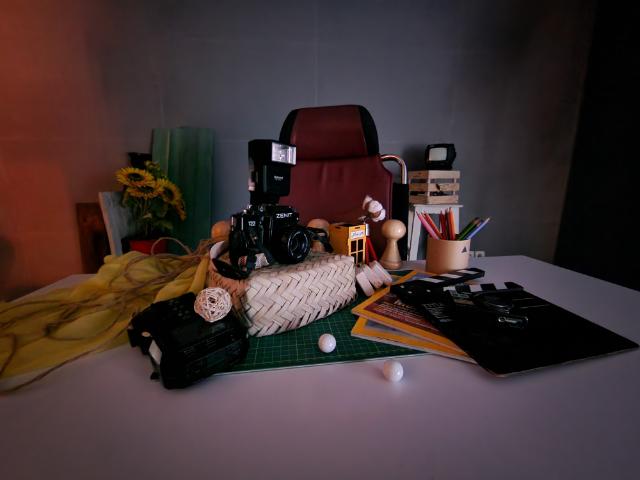
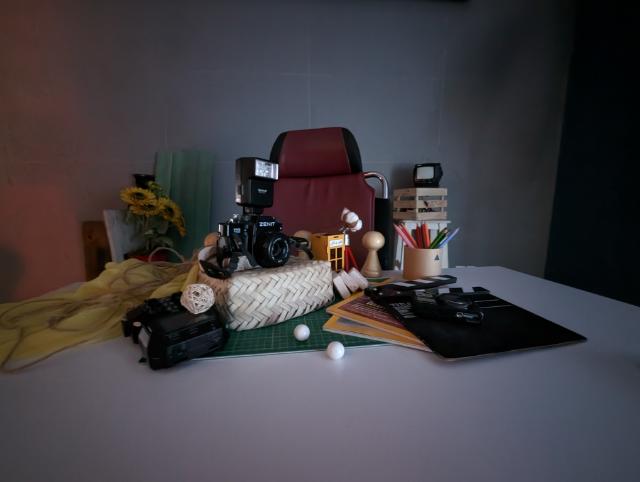
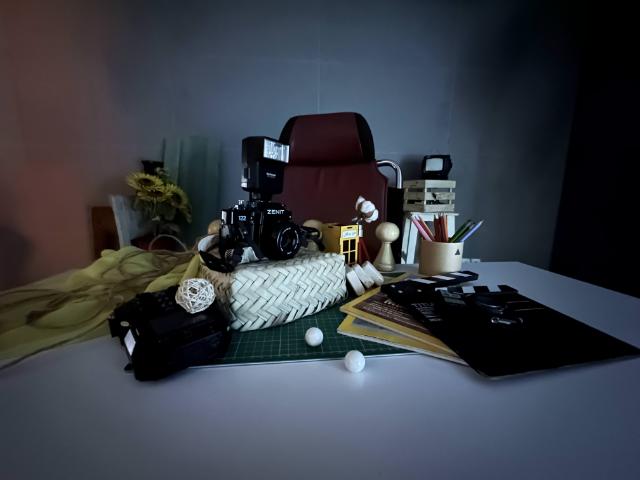

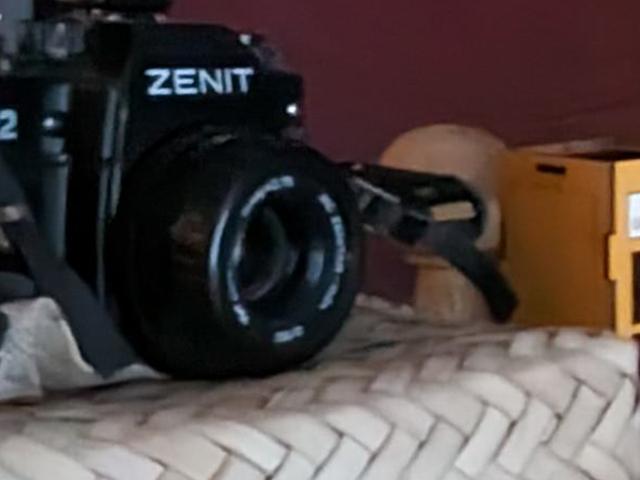
In terms of details, the iPhone has the upper hand and has been able to recover more information from the straw texture under the camera.
zoom in
In the zoom discussion, we tried comparing optical and challenge phones’ performance in digital zoom.
Photo with 3x zoom
The photos below were captured with 3x optical zoom by the iPhone 14 Pro Max and Galaxy S22 Ultra telephoto cameras.
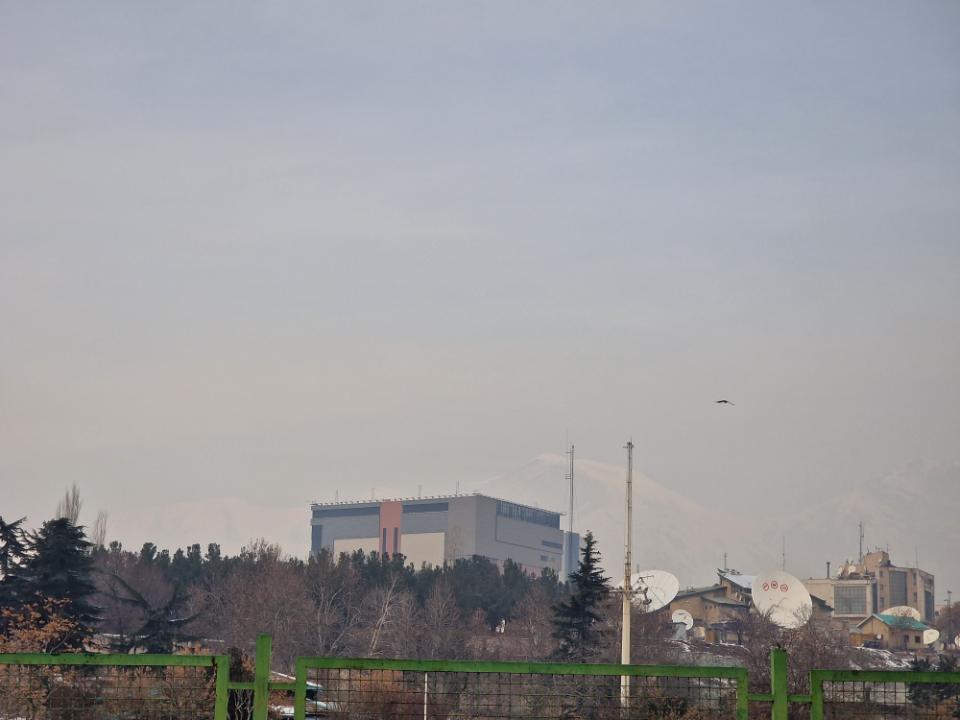
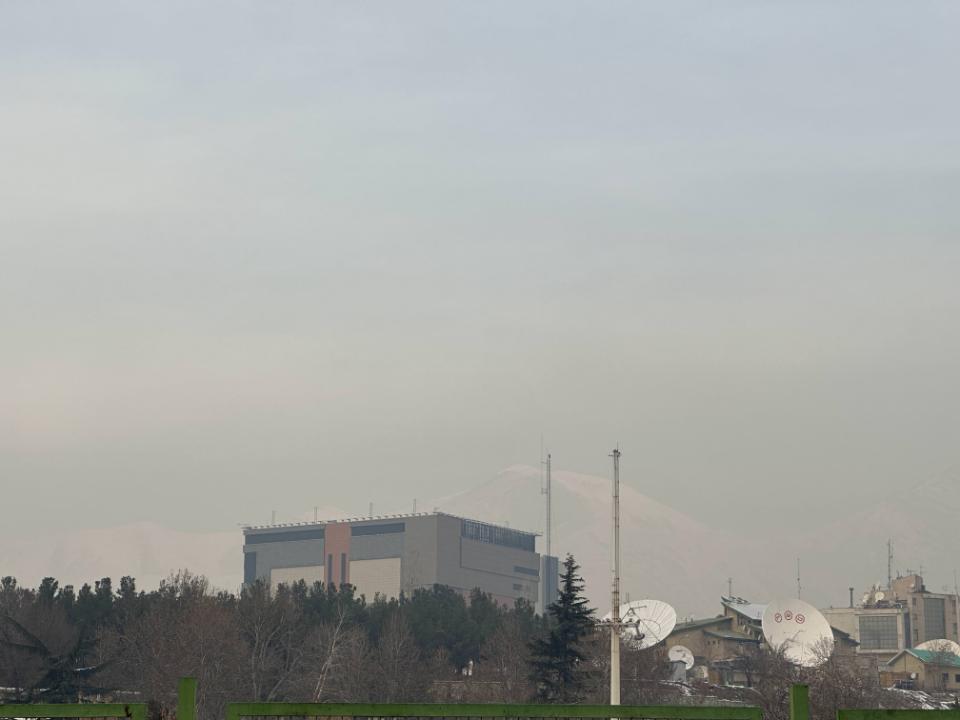
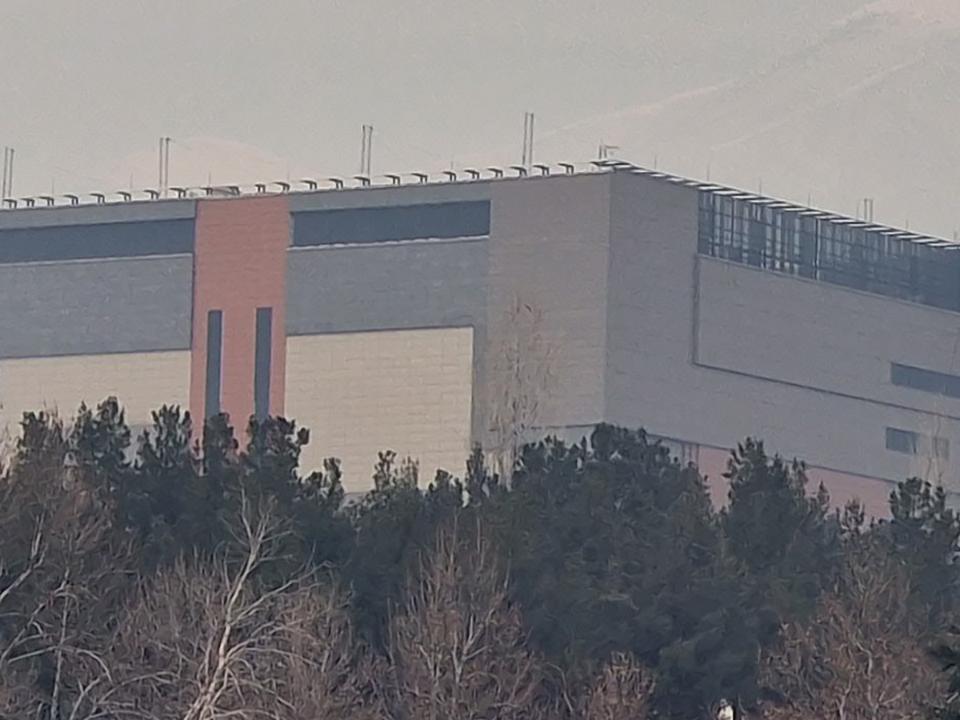
If you pay attention to the facade of the building or the foliage of the trees, you will notice the superiority of the iPhone 14 Pro Max in the matter of details.
Photo with 5x zoom
The following photos were taken with the 5x optical zoom of the Pixel 7 Pro and the 5x digital zoom of the iPhone and Galaxy.
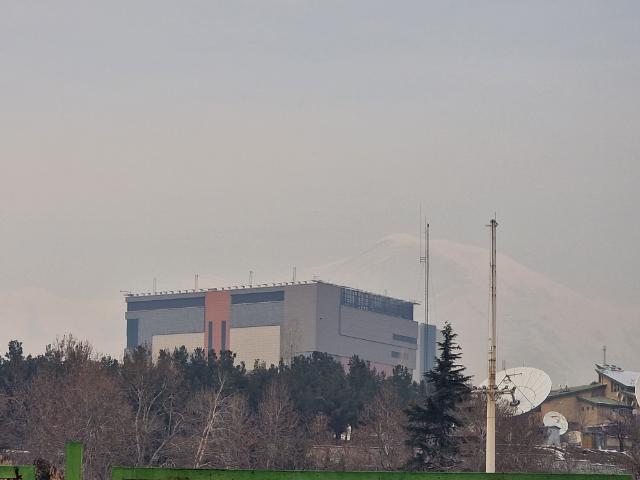

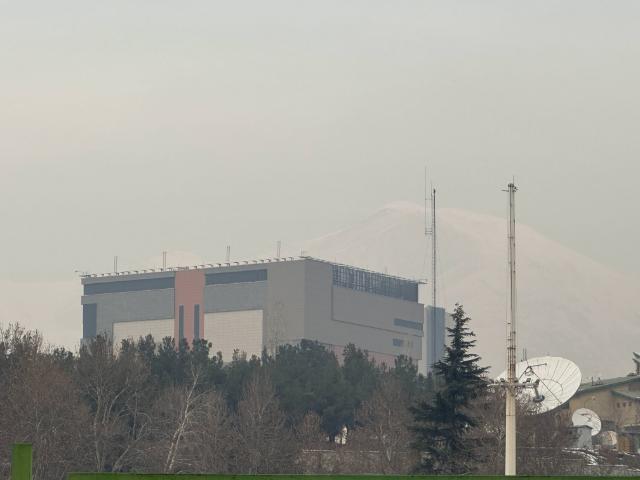

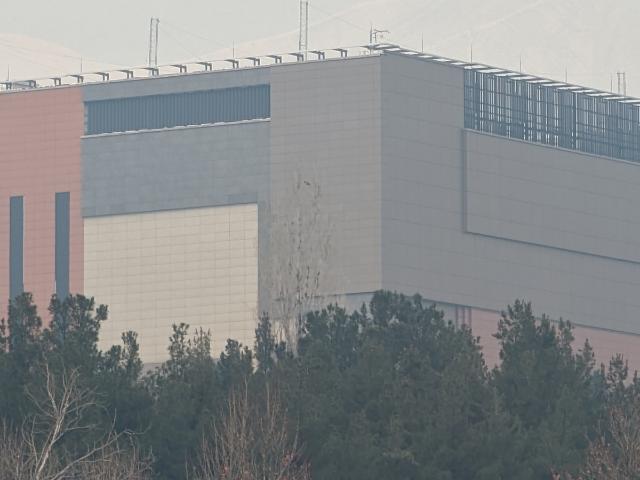
By zooming in on the pictures, you will notice that the image of the Galaxy S22 is ultra soft, and the idea of the iPhone 14 Pro Max is noisy, While the Pixel 7 Pro displays a more or less clear picture.
Photo with 10x zoom
The photo below was recorded with the optical zoom of the Galaxy S22 Ultra and the digital zoom of the Pixel 7 Pro and the iPhone 14 Pro Max.

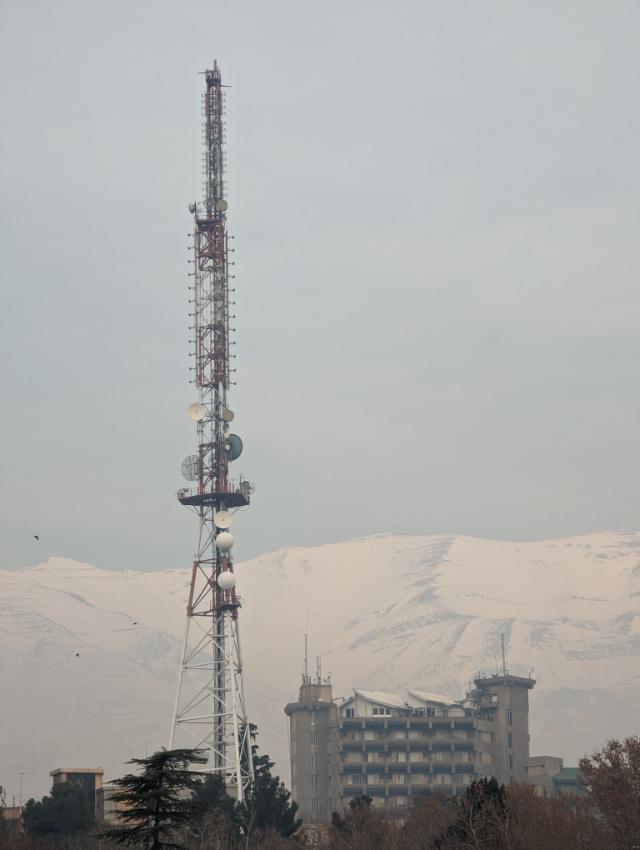

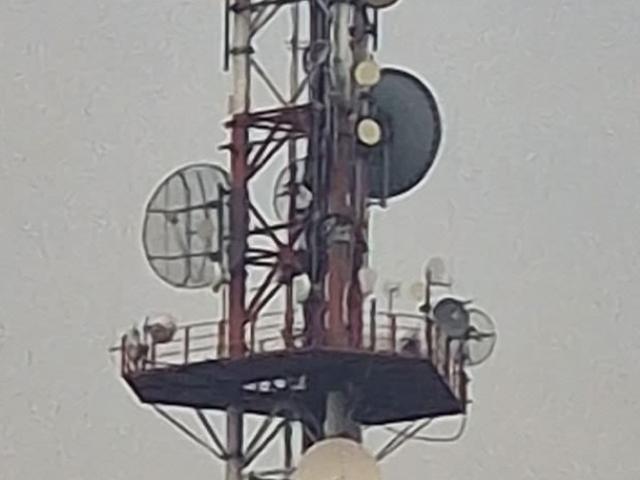

Surprisingly, if you look closely at the display, you’ll notice that the Pixel 7 Pro displays much more detail than the Galaxy S22 Ultra. iPhone is in second place in this field.
Portrait in ideal light
We have gone to portrait photography in the upcoming scenario in the ideal light. Unlike the other two phones, Pixel 7 Pro cannot take pictures with the telephoto camera, and its zoomed images are recorded with the primary camera.
1x portrait
In the portrait photos below, all recorded with original cameras, Behzad Marashian’s skin color is not close to reality; Behzad’s face is between iPhone and Galaxy.
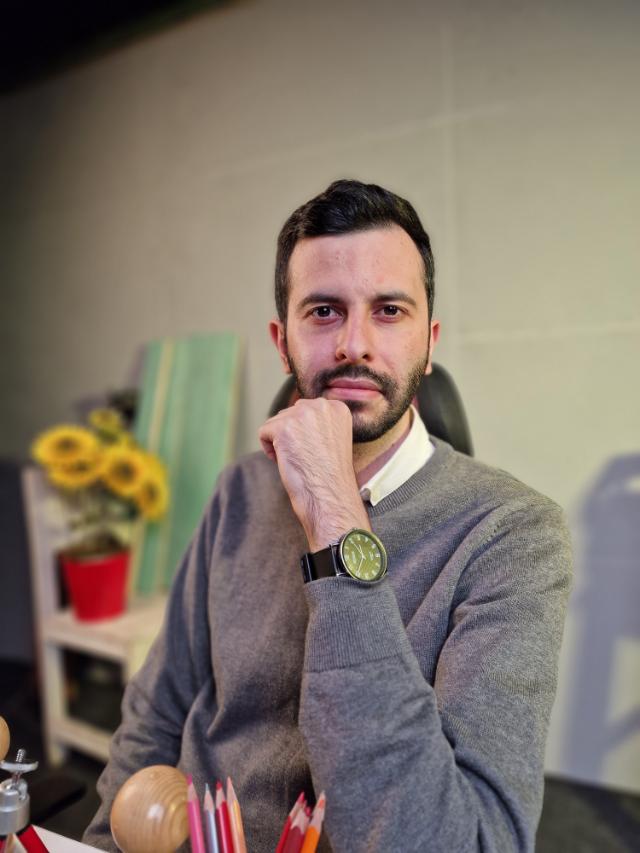

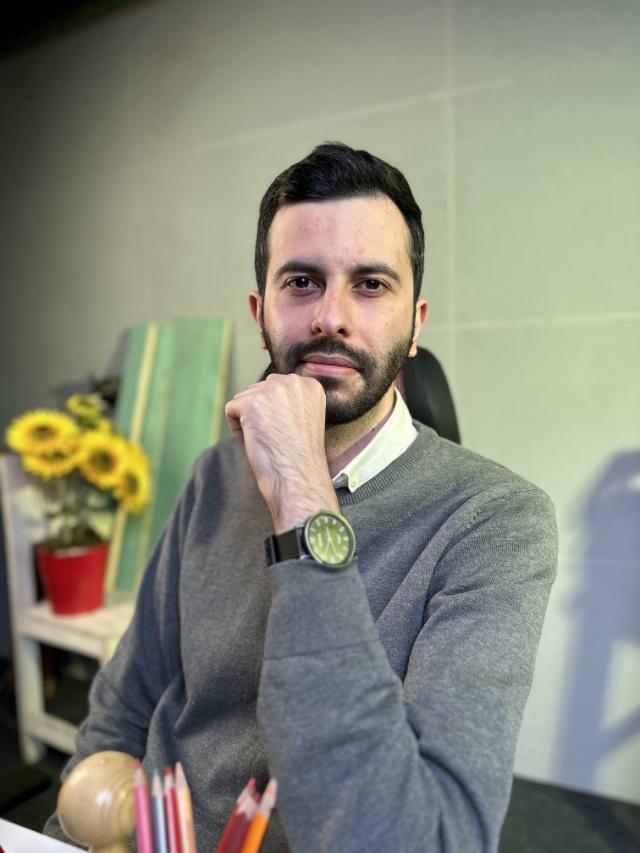
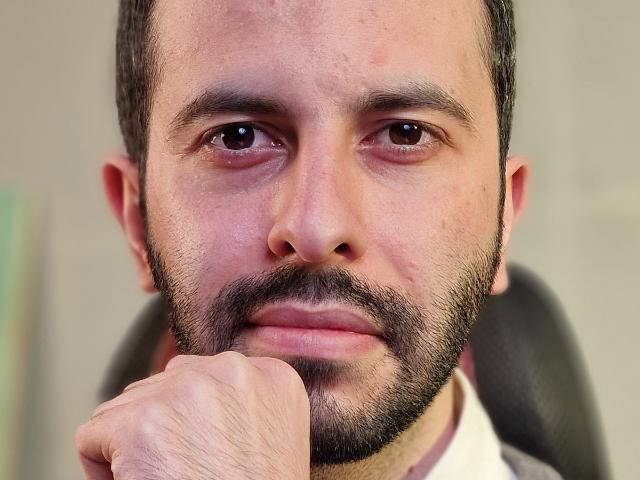

Samsung’s flagship has performed better in separating the subject from the background, While the iPhone’s photo details are more than the other two phones.
Zoomed portrait
In the zoomed portrait photos recorded in the Galaxy phones and iPhone with the telephoto camera and the Pixel phone with the primary camera, the iPhone still has the upper hand regarding details. However, skin color to reality in any photo.
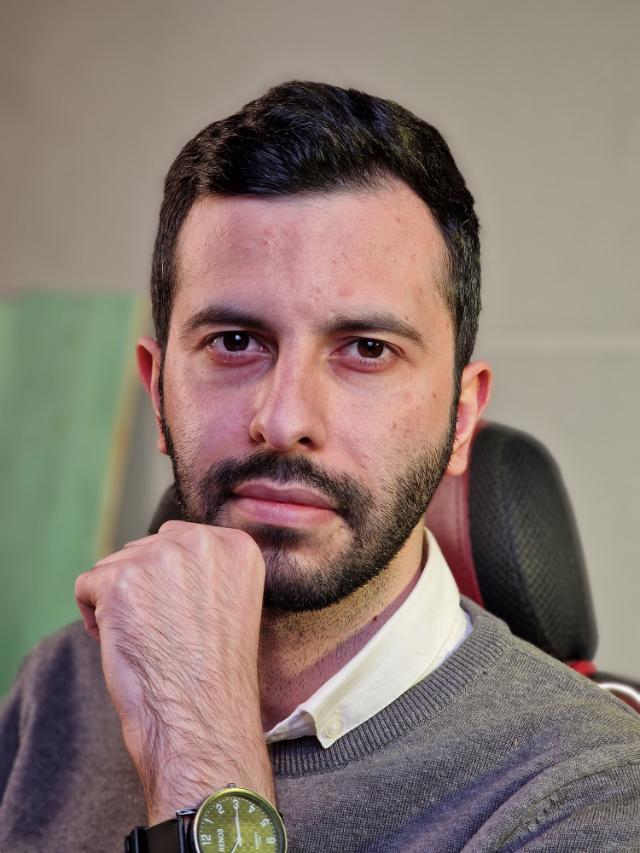

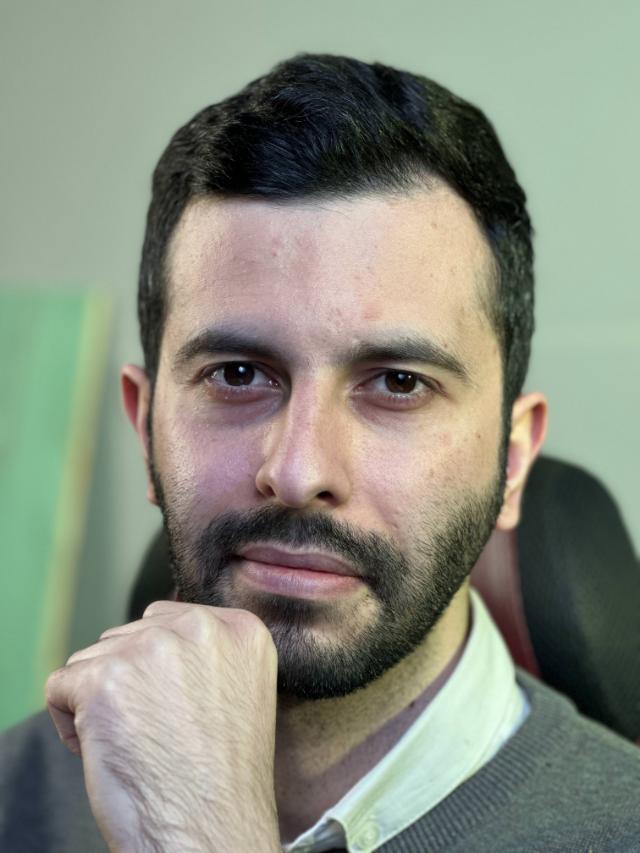
Portrait in low light
In the following scenario, we have taken portrait photography with the primary camera and low light.
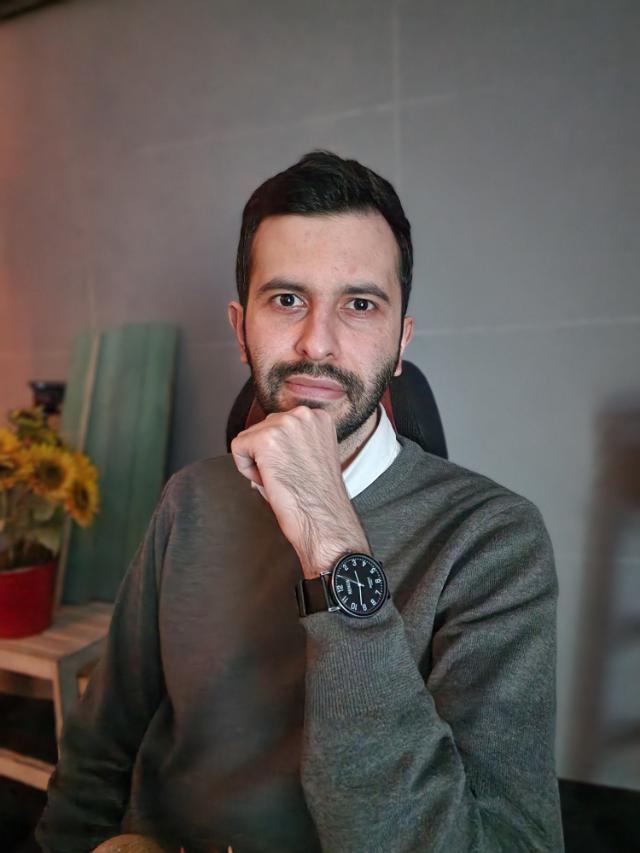
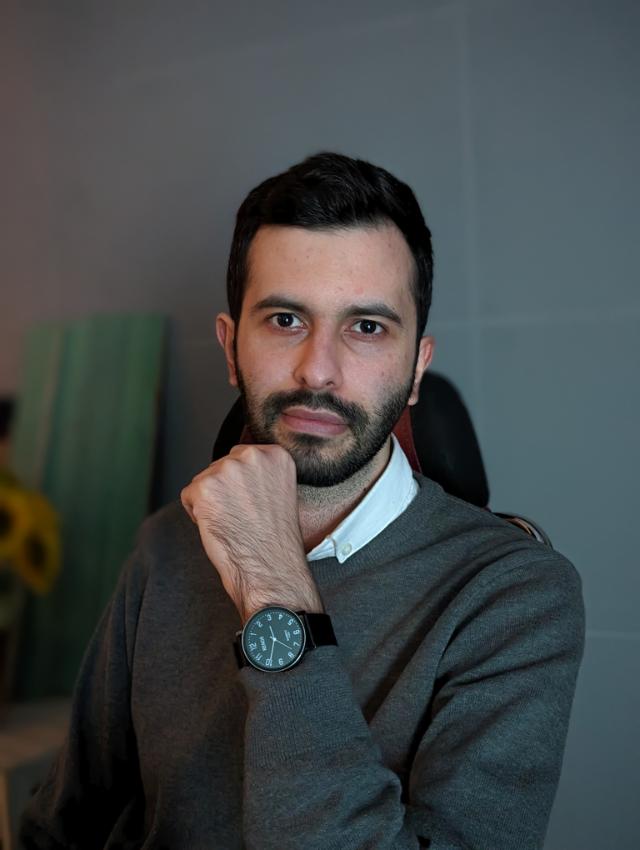


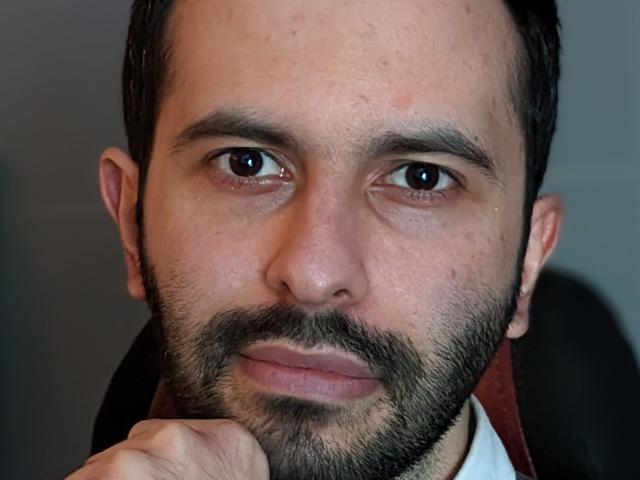
Pixel 7 Pro has captured more details of Behzad’s face in low light; In addition, the color of the face is also between Pixel and iPhone and is closer to Pixel.
Selfie in ideal light
Selfie photography, especially outdoors, is one of the most popular scenarios among the public.
The selfie cameras of Pixel 7 Pro, iPhone 14 Pro Max, and Galaxy S22 Ultra are 11, 12, and 40 megapixels, respectively. Samsung’s flagship uses a larger sensor; In addition, the selfie camera of Galaxy and iPhone also use automatic focus.

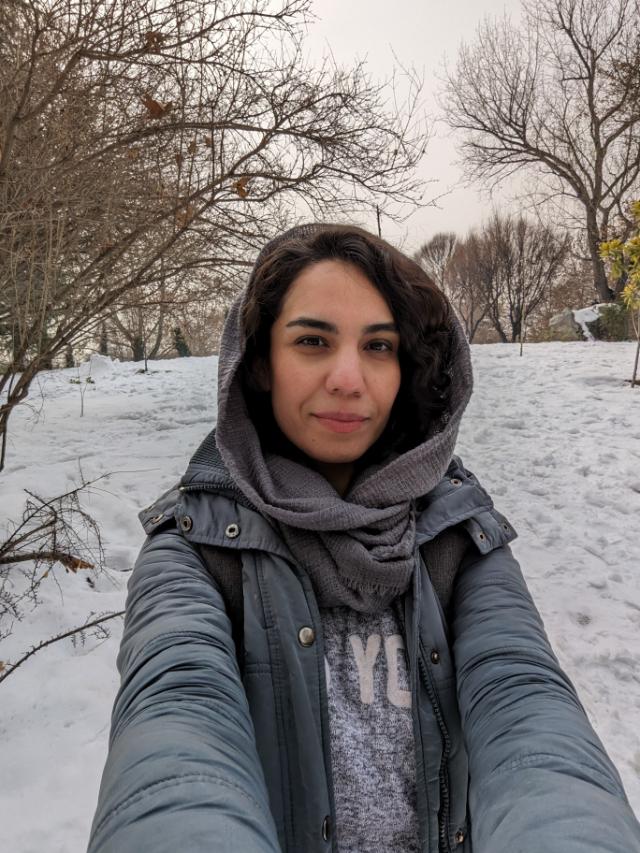
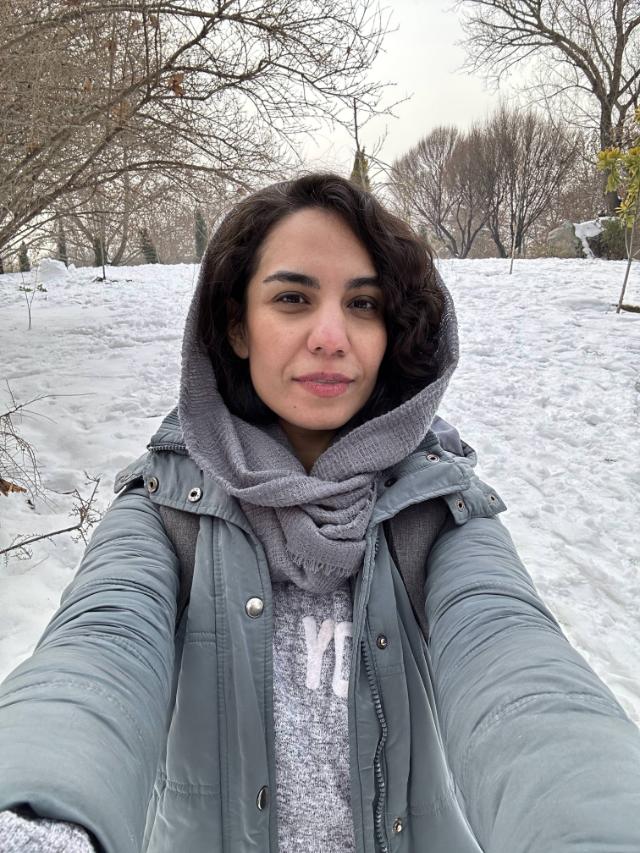

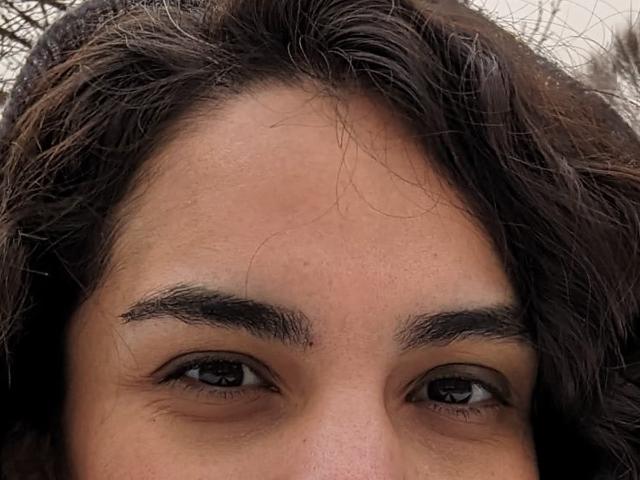
All three phones have recorded good details of Shabnam’s face, But the details of the iPhone seem more than the other two phones; on the other hand, the skin color is also between the iPhone and the Pixel.
Selfie in low light
In low light, the selfies of any phone, especially the iPhone, are not impressive; But among the three photos below, the one captured with the Pixel 7 Pro is more flattering and pleasing.

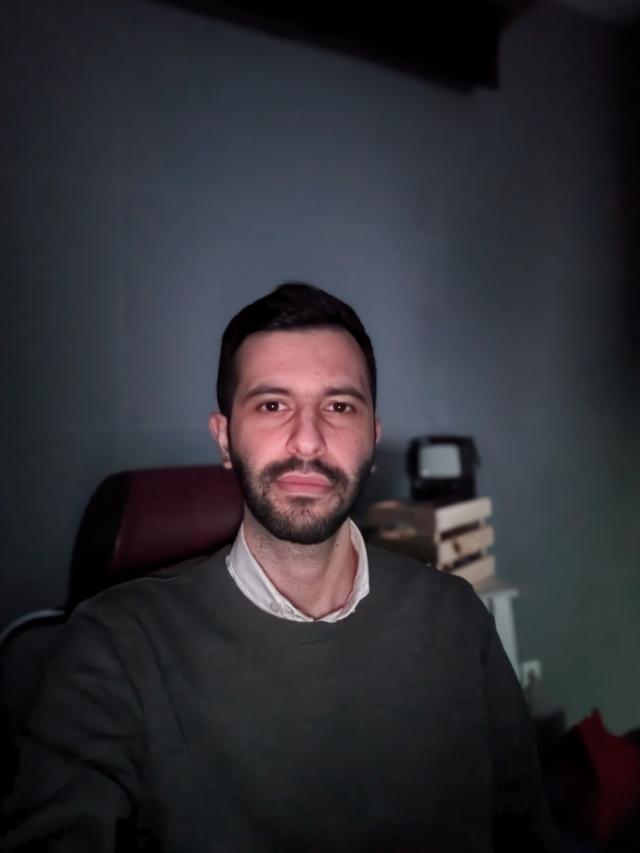

Macro
In macro photography, the iPhone can focus on the subject from closer distances and capture more detailed photos. After the iPhone, the Pixel’s photo detail looks nice; Of course, you should note that the Pixel has a bit of a challenge when focusing on the subject.
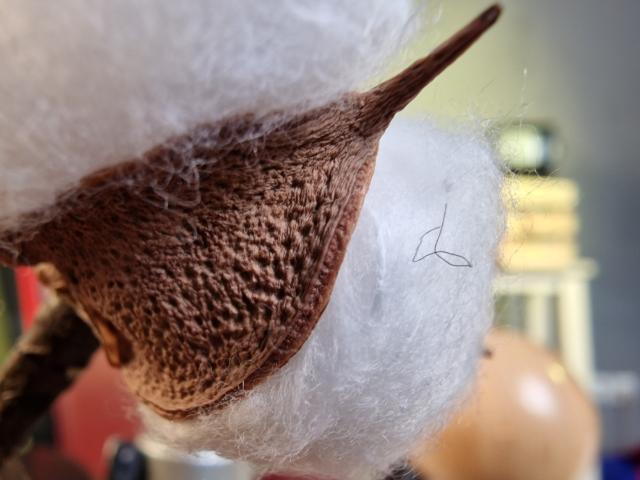
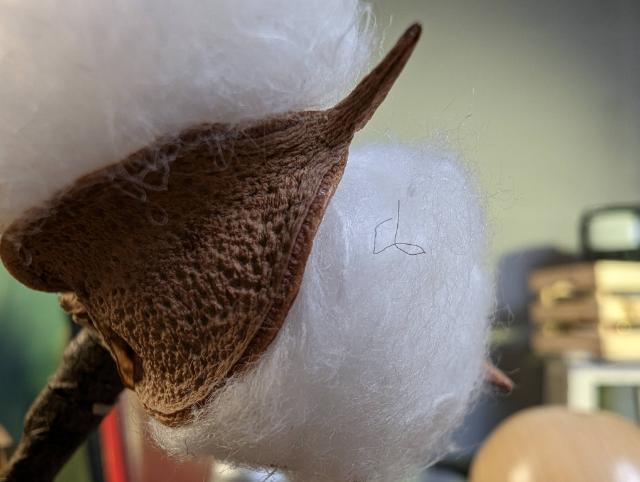

In the photos you saw, which of the three phones attracted your attention the most? Do you think one of the phones can be introduced as the best option for photography? Please share your valuable views with other users and us.
